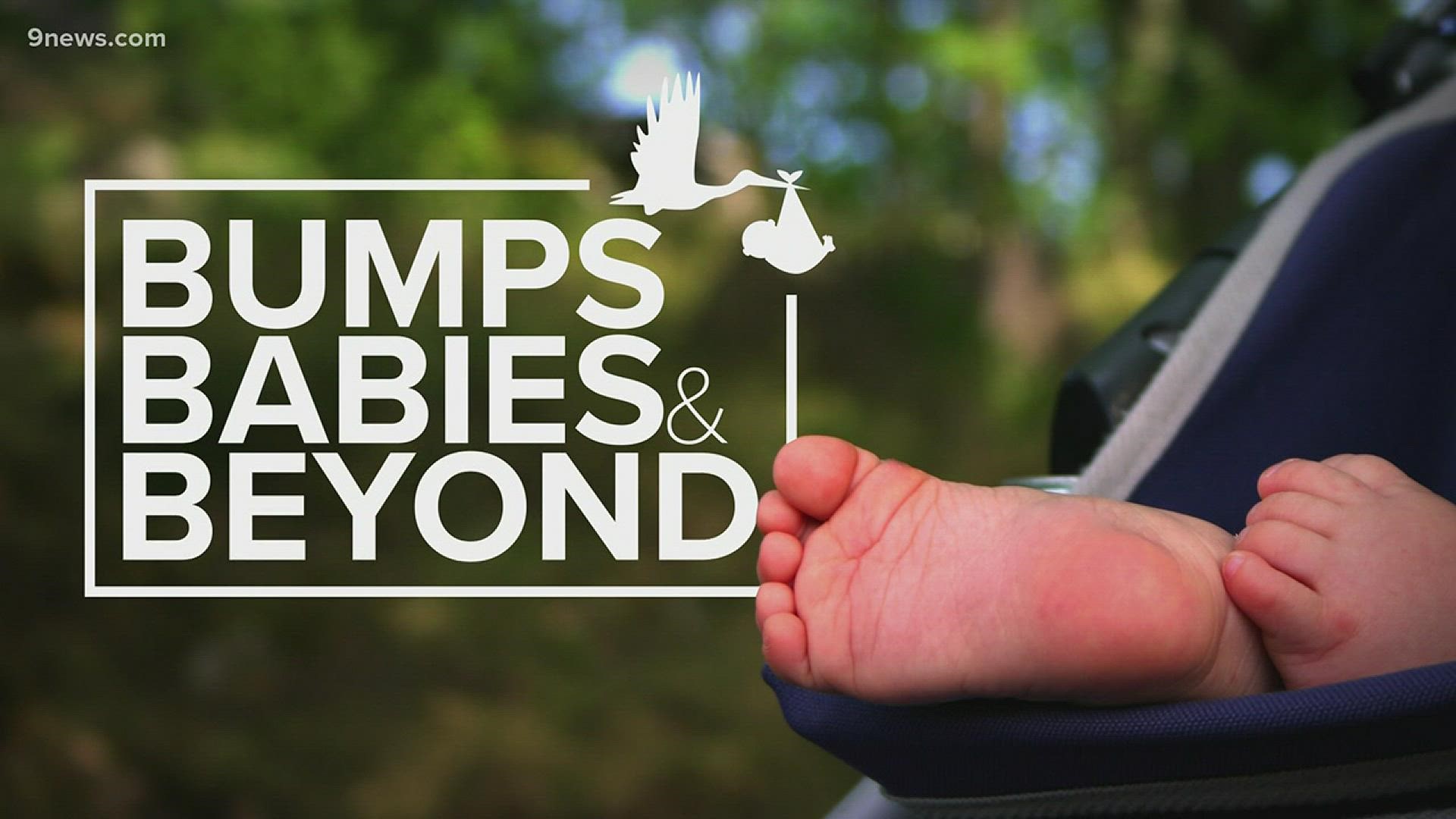DENVER — Infertility is an isolating feeling, but women experiencing this are not alone.
The National Fertility Association said 12 percent of married women have trouble getting pregnant or sustaining a pregnancy. A third of infertility is attributed to the female partner, a third to men and a third is from both partners for an unknown reason.
RESOLVE, the National Fertility Association, helps men and women experiencing infertility connect with resources and others with similar experiences. You can find more information here: https://resolve.org/
RELATED: ‘There is more than one way to be a parent’: Couple adopts 6 kids after struggling with infertility
RELATED: Eating fast food hurts women's chances of getting pregnant, increases infertility, study says
Lifestyle changes
Medical professionals said some lifestyle changes can boost fertility. That includes quitting smoking, losing weight, drinking less alcohol, limiting caffeine and managing your stress.
You can find more information about that here: https://bit.ly/2MBTopu
Medical options
According to the Mayo Clinic, there are three major therapies to restore fertility.
- Drugs that stimulate ovulation
- Intrauterine insemination: During this therapy, healthy sperm are placed directly in the uterus around the time a woman’s ovaries have released eggs. The timing of this can be coordinated with your normal cycle or fertility medications.
- Surgery: This can treat problems such as endometrial polyps, or scar tissue.
Assisted reproductive technology, meanwhile, is defined as a treatment where medical professionals handle both the sperm and the egg. In vitro fertilization is the most common type, and it involves retrieving multiple mature eggs from a woman and fertilizing them with a man’s sperm in a dish in the lab.
These embryos are implanted three to five days after fertilization.
You can find more information about these treatments here: https://mayocl.in/2JeZuO4
The Society for Assisted Reproductive Technology is the medical association that helps maintain the standards of these technologies. More information is available here: https://www.sart.org/
Talk to your doctor about which types of treatments are right for you.
Adoption
Colorado is an “agency state,” meaning that prospective adoptive parents must choose a private or county child placement agency.
The difference between the two is cost and the ages of children available for adoption. If you’re looking for a child under five, a private agency is your best bet, but they usually charge a fee of $1,800 to $3,500.
You can find information about the adoptions and steps you can take to adopt here: https://adoptuskids.org/
For information about county agencies in Colorado, go here: https://bit.ly/2Sdijox
Fostering
If you want a child but don’t think adoption is the right fit, you can consider becoming a foster parent. That way, you’d be able to help many children.
Foster care provides a safe, temporary home to children and teens whose parents or caregivers can’t be with them. When a child is taken from home, a caseworker tries to find a relative or friend to take them in, but that’s not always possible. So, they turn to foster parents.
The goal is to return the child to their family when a home is safe and stable, but that doesn’t always happen, and adoption becomes ideal.
To become a foster parent, you have to be at least 21 years old, pass a background check, a home study and core training like CPR and first aid.
For information about fostering, head here: https://bit.ly/2Sdijox

